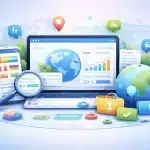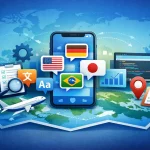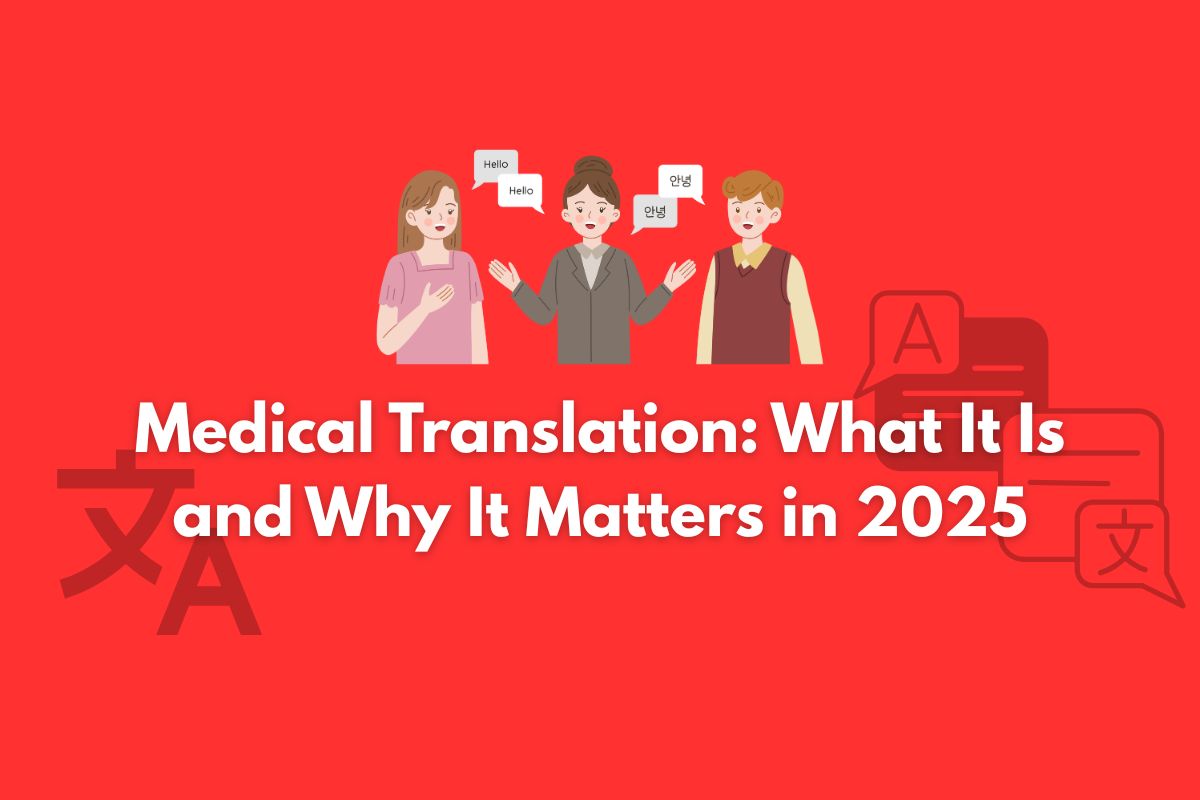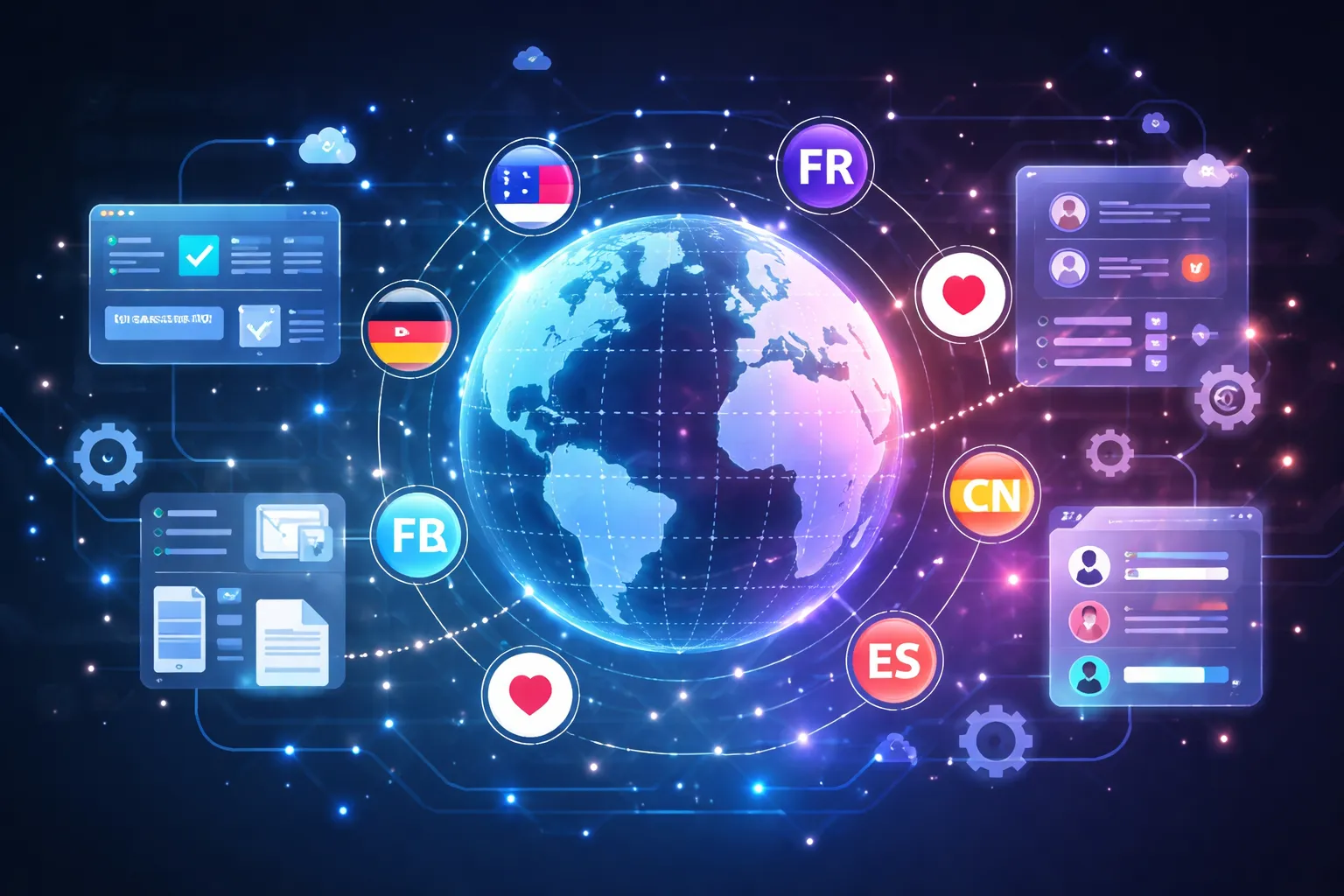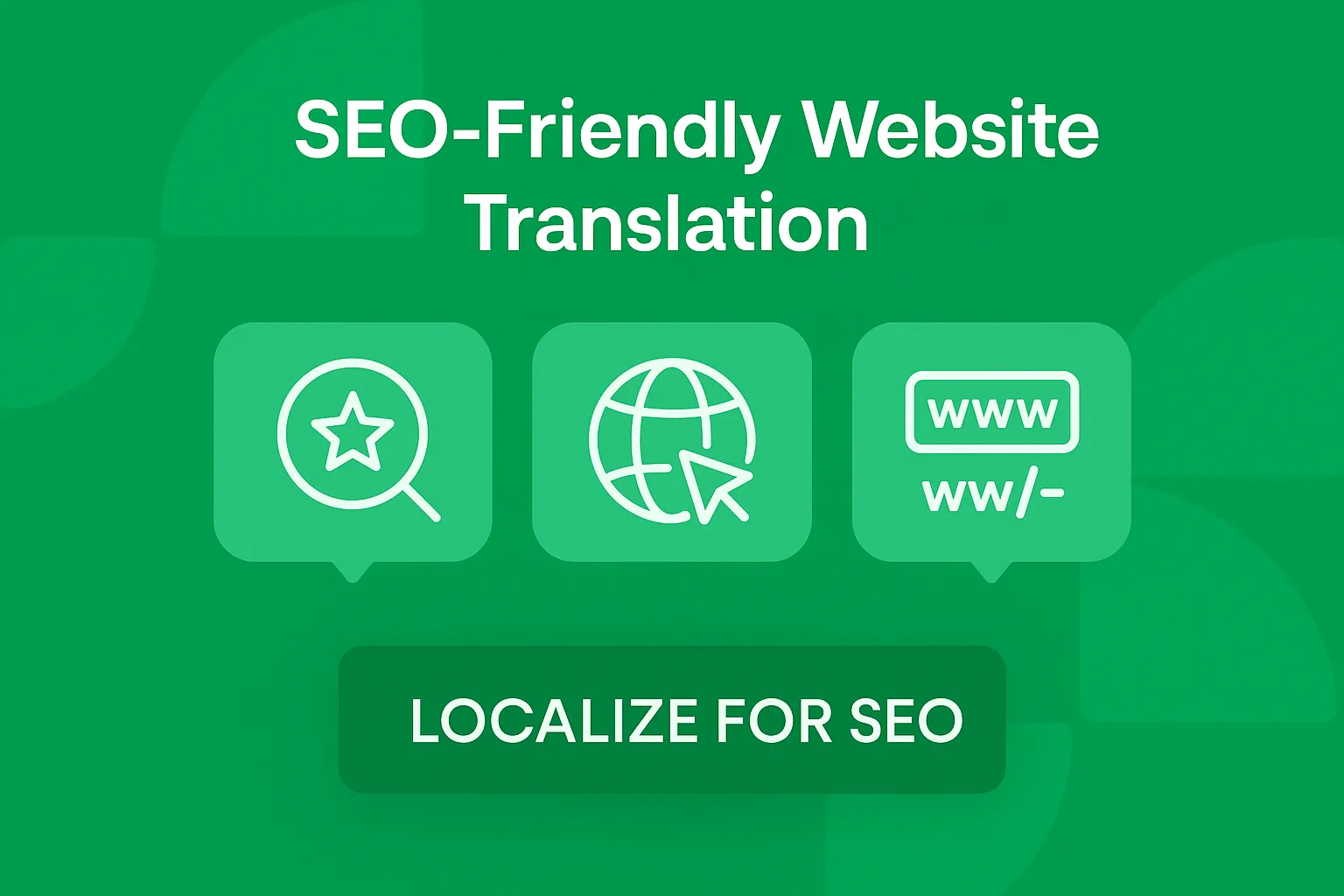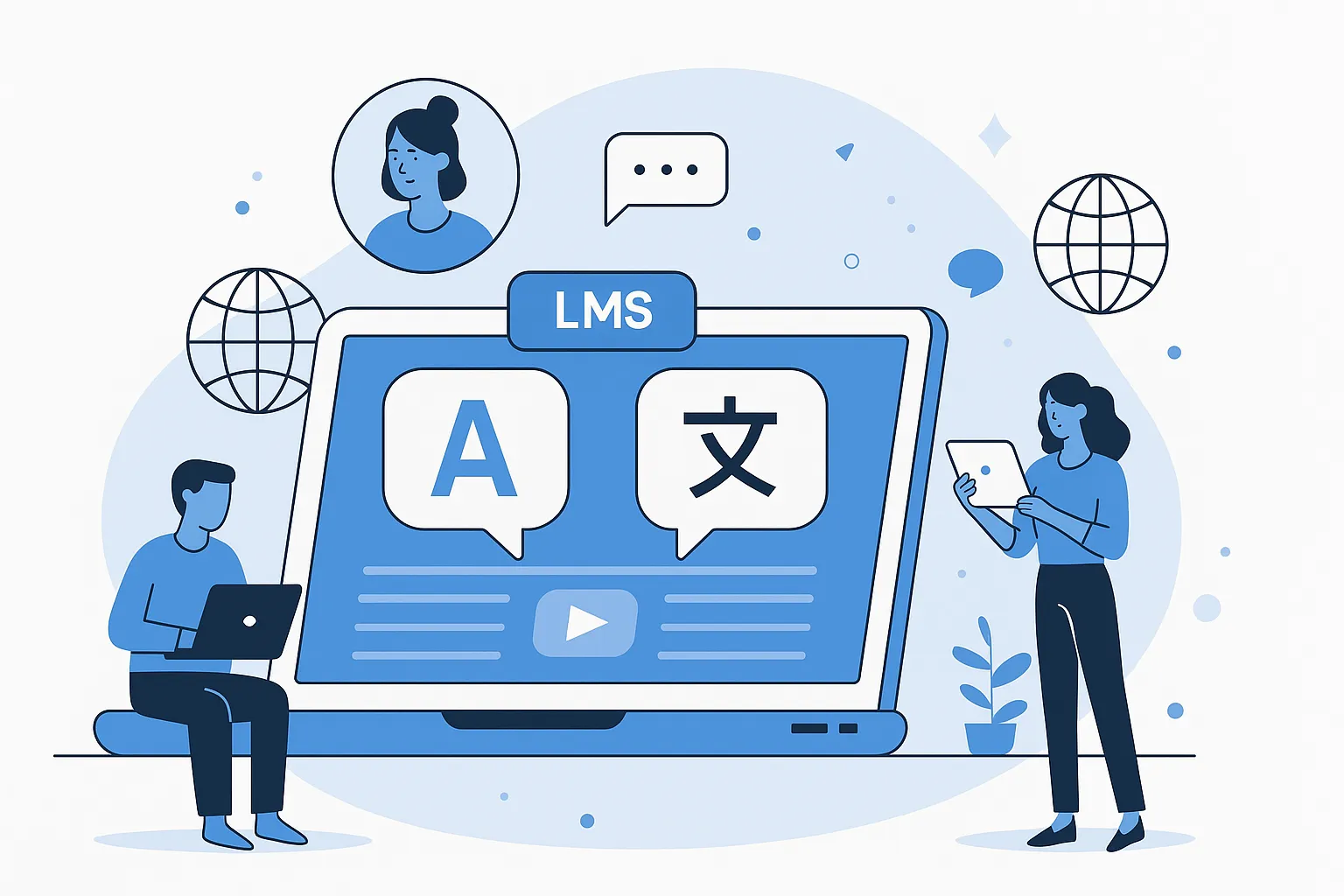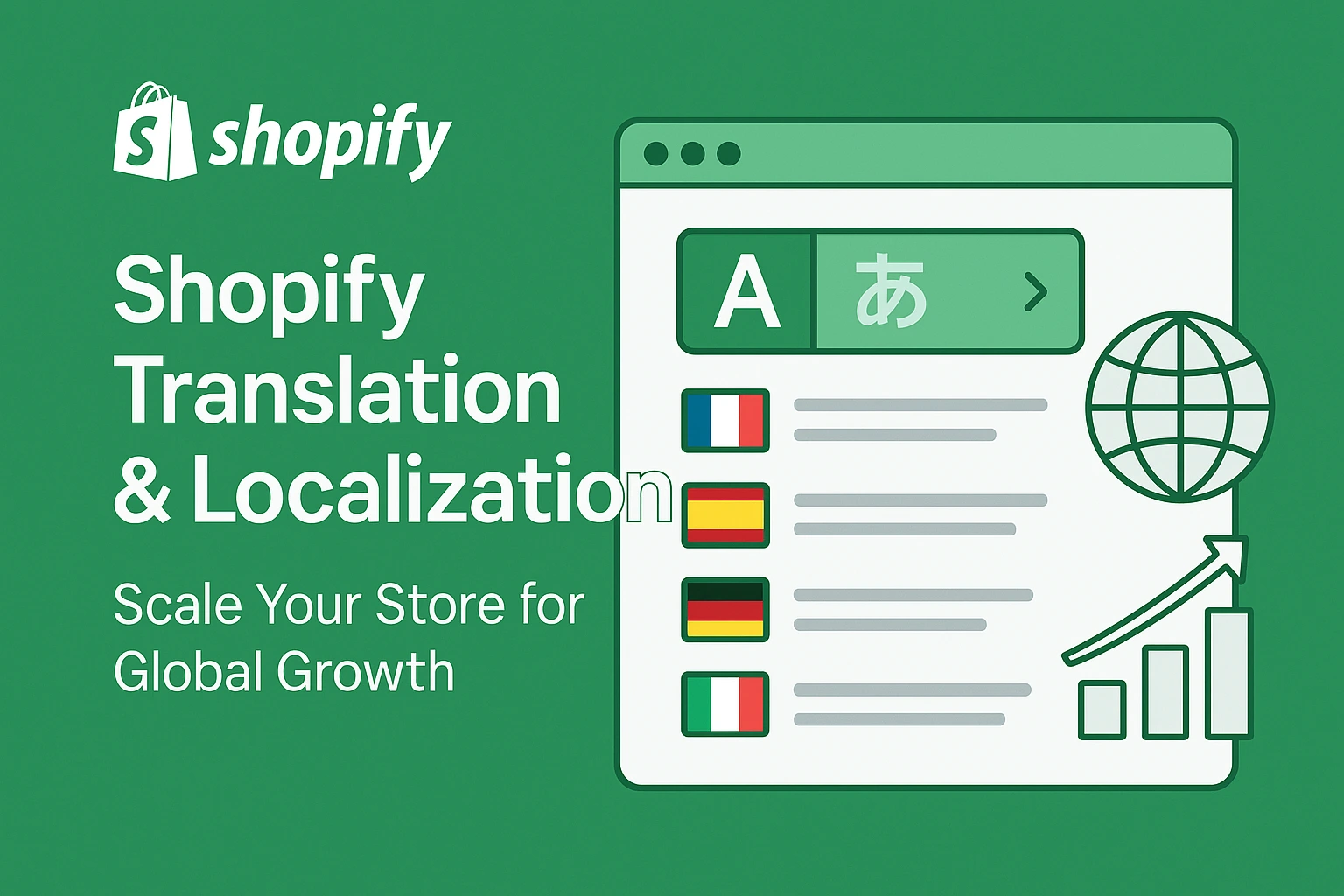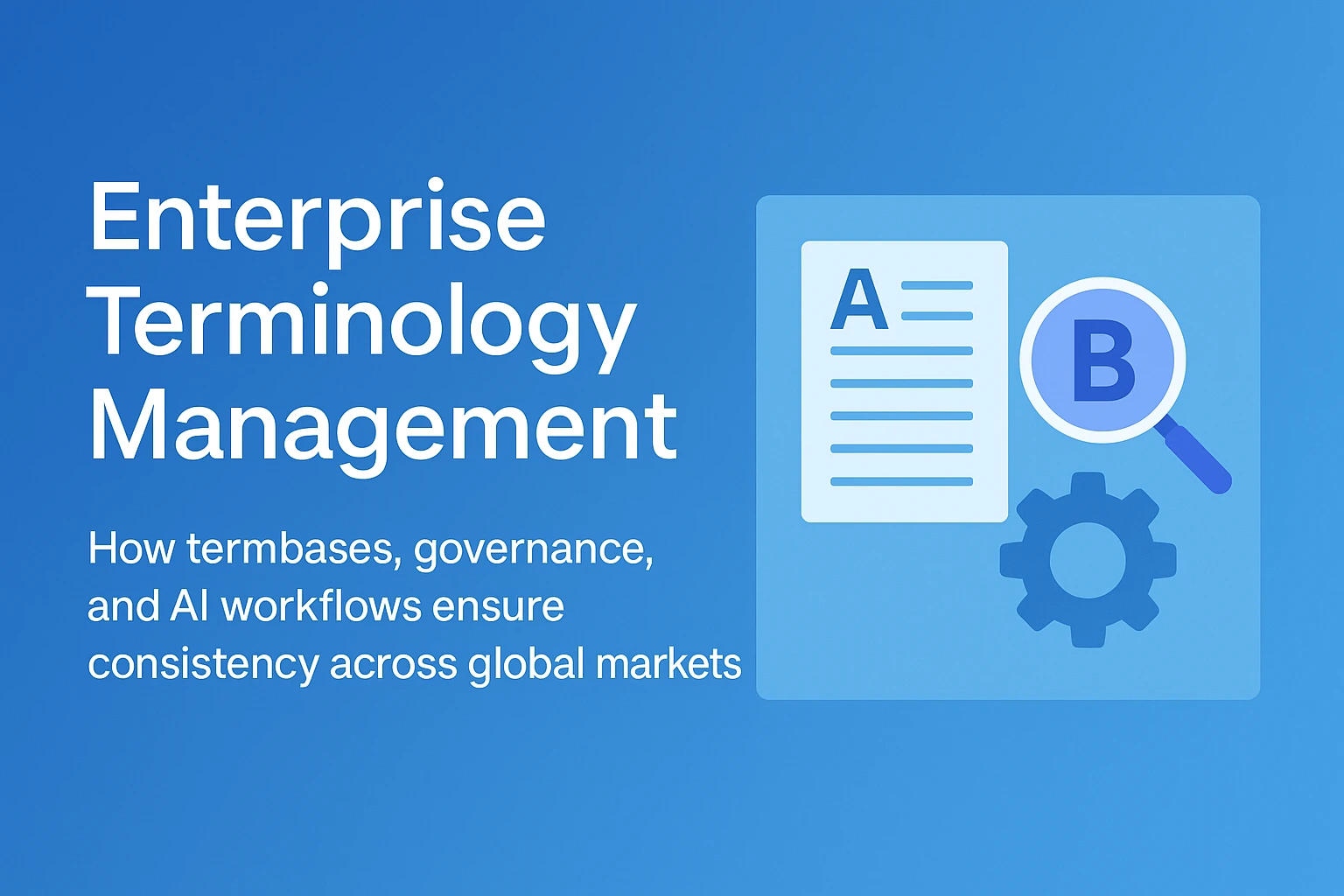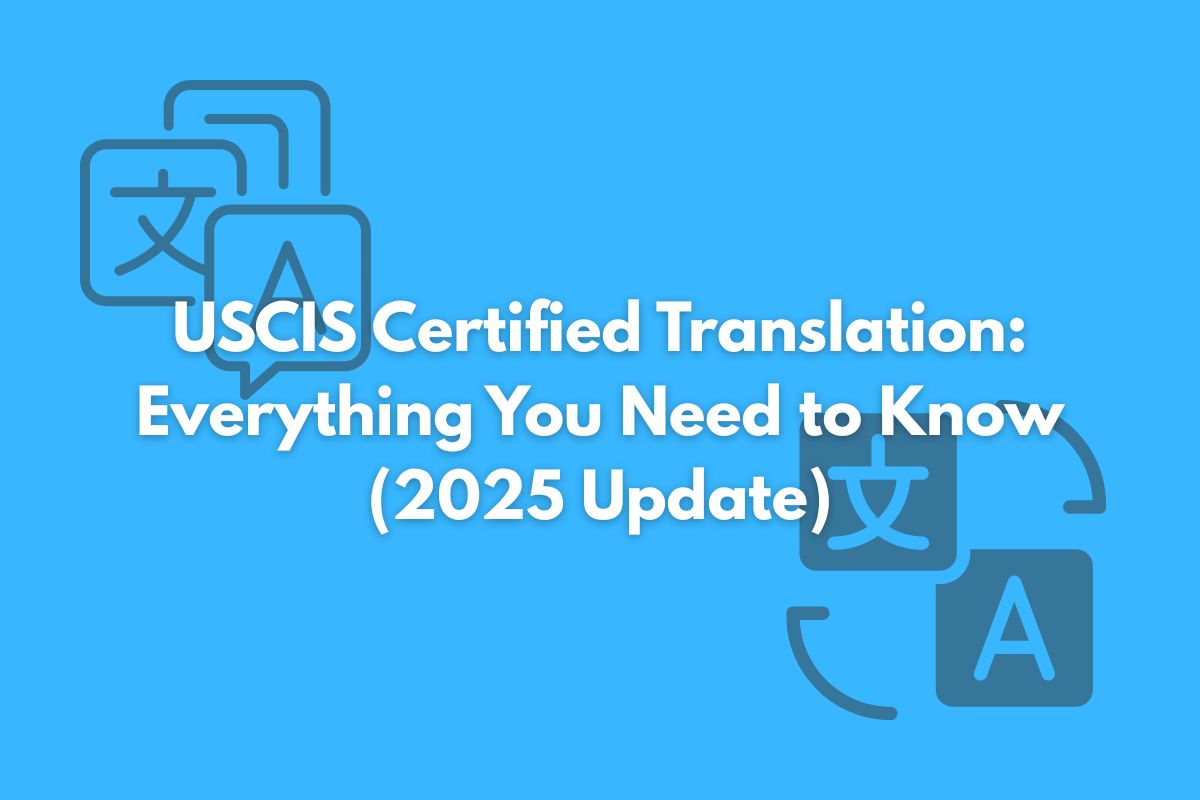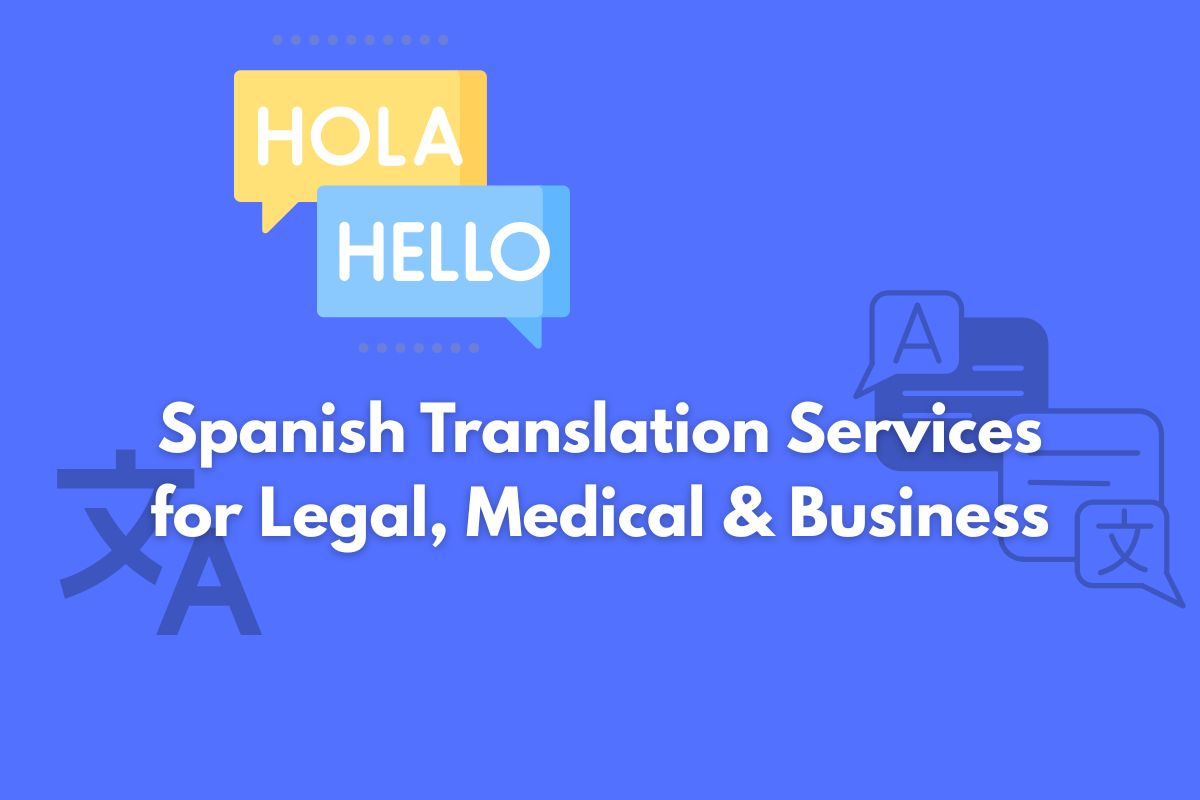In today’s era, medical translation plays a more vital role than ever before in the global healthcare ecosystem. As patient populations become increasingly diverse and cross-border medical collaboration intensifies, the demand for precise and reliable medical language translation has grown significantly. This process goes beyond simple word conversion. It involves accurately interpreting complex medical terminology, patient instructions, research findings, and regulatory documentation across multiple languages.
Accurate medical language translation is important not only for improving the quality of patient care but also for maintaining legal compliance with international health regulations. Whether it’s translating informed consent forms for clinical trials, prescription labels for multilingual patients, or case reports for global publication, the stakes are high. A single mistranslation can result in misdiagnosis, medication errors, or non-compliance with health authorities like the FDA or EMA.
What Is Medical Translation?
Medical translation refers to the conversion of healthcare-related content from one language to another while maintaining accuracy, clarity, and compliance. It’s distinct from medical interpretation, which involves real-time spoken communication. Official definitions recognize medical translation as the written conversion of materials like patient records, clinical trial documentation, and drug information leaflets.
Translation in medical terms requires a deep understanding of medical jargon, pharmacological terminology, and health system regulations. It is one of the most specialized branches of translation. It also plays a key role in ensuring patients understand their diagnoses, treatments, and legal rights.
Who Needs Medical Translation Services?
In today’s multilingual healthcare landscape, medical translation services are essential for a broad range of users—each relying on accurate, timely, and compliant translations to communicate critical information across language barriers.
Hospitals and Clinics
Healthcare providers need medical translations to ensure safe and effective patient care. This includes translating patient intake forms, discharge summaries, medical histories, test results, and consent forms. Accurate communication helps avoid misdiagnosis, supports informed consent, and ensures that non-English-speaking patients understand their treatment options and risks.
Pharmaceutical Companies
Pharma firms use medical language translation for a wide array of documents. This is especially important in clinical research and regulatory affairs. Instructions for Use (IFUs), clinical trial protocols, case report forms (CRFs), adverse event reports, and marketing authorizations must all be translated. These translations are needed to meet the requirements of international regulatory bodies like the FDA, EMA, or PMDA. Errors in translation can delay approvals. They can also put patient safety at risk.
Insurance Providers
Insurance companies rely on medical translation to handle international claims. They use it to explain benefits to policyholders in their native languages. It also helps ensure that documents from foreign healthcare providers meet legal standards. Accurate translation is essential for compliance and smooth processing. It is also crucial during fraud investigations or when reviewing medical necessity.
Medical Research Organizations
CROs (Contract Research Organizations) and universities running global studies often need medical translation services. They commonly translate ethics committee submissions, patient questionnaires, and data collection forms. These documents must be accurate in multiple languages to ensure study consistency. Proper translation supports reliable data quality across regions. It also helps maintain compliance with international ethics and regulatory standards.
Patients and Individuals
Patients often use medical translation services for personal healthcare needs. This is especially true when they seek second opinions from doctors in other countries. They may also need translations for travel-related medical care or immigration processes. Common documents include vaccination records, diagnostic test results, and specialist referrals. Accurate translation helps ensure clear communication and safe treatment across borders.
Whether for compliance, clarity, or continuity of care, medical translation ensures that language is never a barrier to safety, research, or healing.
How Does Medical Translation Differ from General Translation?
Medical translation is far more specialized than general translation because the stakes are significantly higher, lives may depend on it. Unlike general translation, which may focus on everyday language or creative content, medical translation demands absolute precision, technical fluency, and regulatory compliance.
Linguistic Precision
Medical terms are often complex and nuanced. A single mistranslation, like confusing “benign” with “malignant” or misrepresenting dosage instructions, can lead to serious medical errors. Translators must know how to distinguish between similar-sounding terms and use the correct, standardized language every time.
Domain-Specific Knowledge
Translators working in this field must have a solid understanding of subjects like anatomy, physiology, pharmacology, and medical procedures. This isn’t optional. For example, understanding the difference between “myocardial infarction” and “cardiac arrest” is essential when translating case reports or discharge summaries.
Regulatory Compliance
Medical documents must comply with strict regulations such as HIPAA (U.S. patient privacy law), FDA and EMA guidelines, and international standards like ISO 17100 for translation quality. Failing to meet these standards can result in legal consequences, product recalls, or loss of clinical data integrity.
In short, medical translation is a highly technical discipline where accuracy in terminology and industry expertise aren’t just important, they’re critical. A small error can distort diagnoses, compromise patient safety, or delay drug approvals. That’s why only trained professionals with medical and linguistic credentials should handle this type of work.
Common Documents That Require Medical Translation
Medical translation plays a crucial role in ensuring that vital health information is understood across languages and borders. Below is a list of the most commonly translated documents that involve complex medical terminology translation:
- Patient Medical Records and Histories
These include doctors’ notes, diagnosis reports, and treatment summaries, essential for second opinions, cross-border treatment, or immigration cases. - Hospital Discharge Summaries
Discharge papers outline a patient’s condition, prescribed medications, and follow-up instructions. Inaccurate translations can lead to improper aftercare. - Clinical Trial Protocols and Consent Forms
Accurate translation is mandatory for informed consent in multi-language clinical trials. It ensures participants fully understand procedures, risks, and their rights. - Prescription Drug Labels and Inserts
From dosage instructions to side effects, these must be translated with extreme precision to comply with FDA, EMA, or WHO guidelines. - Lab Reports and Diagnostic Results
These technical documents require careful handling of units, abbreviations, and terminology to maintain diagnostic integrity across languages. - Case Studies and Medical Research Papers
Translations help disseminate findings globally, supporting collaboration and advancement in medical science. - Medical Device Instructions (IFU/DFU)
Instructions for Use (IFU) or Directions for Use (DFU) must meet international regulatory standards and ensure safe operation of devices. - Public Health Outreach and Education Materials
Brochures, campaigns, and informational videos must be linguistically and culturally adapted to engage diverse communities effectively.
Each of these documents must be translated not just fluently, but with full alignment to national and international medical standards, making medical language translation a highly specialized and essential service in modern healthcare.
Certified Medical Translators: What to Know
A certified medical translator is more than just fluent in two languages—they are trained specialists in healthcare terminology, regulatory standards, and scientific accuracy. These professionals are essential for translating sensitive and high-stakes medical content, ensuring clarity and legal compliance in every document. Here’s what qualifies a medical translator as “certified” and trustworthy:
- ATA Certification (American Translators Association):
ATA-certified translators have passed rigorous exams to validate their language proficiency and subject matter expertise, particularly in medical and technical fields. This certification is widely recognized in the U.S. as a hallmark of quality. - ISO 17100 Compliance:
This international standard sets requirements for core translation processes, including translator qualifications, quality control, and client communication. Providers who follow ISO 17100 ensure a systematic, professional approach to medical translation services. - Proven Experience in Life Sciences and Healthcare:
Certified translators often have academic or professional backgrounds in medicine, pharmacology, or biomedical sciences. They understand complex terms, abbreviations, and regulatory contexts (such as FDA, EMA, HIPAA), which are crucial when translating documents like clinical trials or prescription information.
Choosing a certified translation provider ensures that your medical documents meet both linguistic and regulatory standards. Whether for patient care, legal use, or global health communication.
Do You Need a Certified Translator for Your Medical Document?
Yes, in most cases, a certified translator is essential when dealing with medical documents. Particularly those used in legal, regulatory, or official contexts. For example:
- Immigration Applications (e.g., USCIS):
If you’re submitting medical records for a green card or visa, USCIS-certified translation is required. The translator must provide a signed statement confirming the translation’s completeness and accuracy. - Legal and Insurance Documentation:
Medical documents submitted for insurance claims, legal disputes, or disability evaluations often require certified medical translation to be accepted by courts or insurers. - Clinical Trial Submissions (FDA, EMA, WHO):
Documents such as patient consent forms, investigator brochures, and study protocols must be translated by certified professionals to meet global health authority requirements.
Using an uncertified or poorly translated document can result in delays, denials, or even health risks due to misinterpretation. Always choose certified medical translators to ensure compliance, clarity, and credibility.
Challenges in Medical Translation
Medical translation is one of the most demanding forms of translation due to its precision, complexity, and life-impacting consequences. Here are some of the most common challenges:
- Abbreviations & Acronyms:
Medical texts are full of shorthand like “BP” (blood pressure) or “HR” (heart rate). A non-specialized translator might misinterpret these, leading to serious clinical misunderstandings. - Cultural Sensitivity:
How patients describe pain or illness can vary by culture. A direct translation may not convey the intended meaning. For example, mental health terminology may require careful adaptation in regions where stigma is prevalent. - Language Variants:
The same language can differ greatly by region. For instance, “cold” in Argentinian Spanish might be translated differently than in Mexican Spanish. These subtle differences are critical in clinical settings. - High Stakes:
Medical errors can have dire consequences. A mistranslation in dosage instructions, allergy notations, or symptom descriptions can lead to incorrect treatment or patient harm.
Because of these challenges, medical language translation demands trained professionals with both linguistic skill and deep medical knowledge. It’s not just about accuracy, it’s about safety.
Tools and Resources Used by Medical Translators
Medical translators rely on a suite of specialized tools to maintain precision, consistency, and compliance with global healthcare standards. These resources help reduce human error and streamline complex projects:
- Medical Glossaries and Dictionaries:
Resources like MedDRA (Medical Dictionary for Regulatory Activities), SNOMED CT, and WHO terminology databases provide standardized terms for conditions, symptoms, and treatments. These references are essential for translating complex medical terminology accurately. - CAT Tools (Computer-Assisted Translation):
Software like SDL Trados, MemoQ, and Phrase allows translators to work more efficiently by segmenting text and reusing previous translations. These tools help maintain consistent style and terminology, especially across large projects. - Translation Memory (TM) Systems:
TM systems store approved translations of repeated terms and phrases. This ensures that recurring medical concepts, like dosage instructions or diagnostic descriptions, are consistently rendered throughout a document set or project. - QA and Validation Tools:
Built-in QA functions in CAT tools automatically flag issues like numerical inconsistencies, mistranslated terms, or formatting errors. This layer of review is vital in high-stakes content like drug labels or clinical trial documents.
By integrating these tools, professional medical language translators deliver accurate, compliant, and contextually appropriate translations, critical for global healthcare communication.
How to Choose a Medical Translation Provider
Selecting the right medical translation provider is crucial for ensuring patient safety, regulatory compliance, and accurate communication. Here’s what to look for:
- Specialization in Medical and Life Sciences:
Choose a provider that specializes in medical translation rather than offering general translation services. They should have proven experience with clinical trial documents, pharmaceutical submissions, and patient-facing materials.
It’s also important that they understand regulatory requirements for drug labeling and medical device documentation. A medical-focused provider will use the right terminology, follow compliance standards, and reduce the risk of errors. This ensures accuracy and trust in every translated document.
- Certified Linguists (ATA or ISO):
Ensure translators are certified by the American Translators Association (ATA) or meet ISO 17100 standards, which guarantee professional competence and quality assurance in translation services. - HIPAA Compliance & Secure Data Handling:
Patient confidentiality is critical in medical translation. Your provider must follow HIPAA regulations to protect personal health information. This includes using secure, encrypted platforms for file transfers and storage. Access to sensitive data should be limited to authorized personnel only. A trustworthy provider will also have strict confidentiality agreements in place. These safeguards help ensure your medical documents remain private and legally compliant. - Language Pair and Document Expertise:
Check that they’ve translated similar documents in your required language pair (e.g., English–Spanish medical translation for U.S. use). Familiarity with regional dialects and medical terms is essential. - Proven QA & LQA Process:
When choosing a medical translation provider, always ask about their Quality Assurance (QA) workflow. Reputable agencies perform Linguistic Quality Assurance (LQA), which involves reviewing translations for accuracy, consistency, and proper use of medical terminology. This step is especially important for sensitive materials like dosage instructions, patient consent forms, and clinical trial documents. LQA ensures that translations meet regulatory standards and minimize the risk of miscommunication. A thorough QA process reflects the provider’s commitment to precision and patient safety.
Choosing a provider with these qualifications reduces risks and ensures your medical content meets both legal and ethical standards.
Freelancers vs. Agencies: What’s Better for Medical Content?
When it comes to translating sensitive medical content, the choice between freelancers and
agencies depend on the scope, risk level, and regulatory needs of your project.\
| Criteria | Freelancers | Agencies |
| Best For | Small-scale, low-risk content (e.g., patient emails) | High-risk, clinical, or regulatory content (e.g., trials, device manuals) |
| Quality Assurance (QA) | Often lacks secondary review | Includes multi-step QA, LQA checks, and ISO 17100-compliant processes |
| Regulatory Compliance | May not guarantee HIPAA, FDA, or EMA compliance | Adheres to medical regulations and data protection standards |
| Project Management | Self-managed, limited scalability | Dedicated PMs ensure consistency, timelines, and multilingual coordination |
| Terminology Management | May not use translation memory or medical term databases | Uses termbases, CAT tools, and TM systems for accuracy and consistency |
| Security & Confidentiality | Varies; limited data protection | Encrypted platforms, NDA enforcement, HIPAA-compliant protocols |
| Cost | Lower upfront costs | Higher investment, but includes QA, security, and compliance |
| Scalability | Limited to individual capacity | Handles high-volume, multi-language projects efficiently |
- Agencies are a better choice for high-risk or large medical translation projects. They follow structured workflows and meet ISO 17100 standards. They also have quality checks and project managers to oversee the work. This helps keep the translation accurate, on time, and compliant with rules like HIPAA, FDA, and EMA.
- Freelancers are often more affordable. They work well for smaller or low-risk tasks like simple patient messages. But they may not have extra layers of review or secure systems. This can be risky for handling private health information (PHI).
While freelancers can be useful for low-risk projects with limited budgets, medical translation involving legal or clinical accuracy is best handled by a specialized agency that guarantees quality control, compliance, and scalability.
Language Pairs Most in Demand for Medical Translation
Top languages for medical language translation in the U.S. market include:
| Language Pair | Use Case Example |
| English → Spanish | Hospital records, public health alerts |
| English → Chinese (Simplified) | Pharma labeling, clinical trials |
| English → Arabic | Immigration, medical tourism |
| English → French | Canadian healthcare and pharma |
| English → Russian | Patient education, EMR translation |
Conclusion
Medical translation is far more than just converting words. it plays a vital role in global healthcare. It directly affects diagnosis accuracy, patient safety, and compliance with legal and regulatory standards. Whether you’re a hospital handling patient records, a pharmaceutical company translating clinical trial data, or a patient seeking treatment abroad, precise and certified medical translation is a must.
In 2025, as healthcare becomes increasingly international, the need for specialized translation continues to grow. Working with qualified professionals, especially those trained in life sciences and familiar with HIPAA and ISO 17100 standards—helps ensure that your message is not only understood, but accurate and compliant. The right translation can prevent medical errors and improve care outcomes.
Need expert medical translation services? Contact us today for a fast quote or a personalized consultation. We’re here to help you communicate clearly, wherever healthcare takes you.
Frequently Asked Questions (FAQs)
How long does it take to become a medical translator?
Becoming a medical translator usually takes between 1 to 3 years. This includes time spent learning advanced language skills and gaining knowledge of medical terms and systems. Most professionals also complete training or certification, such as from the ATA or ISO 17100 programs. Experience in healthcare or science can also help. Overall, it takes dedication to accuracy and patient safety.
How are medical translators paid?
Medical translators are commonly paid by the word, page, or full project. Rates range from $0.10 to $0.50 per word, depending on how complex the text is and what language pair is involved. Specialized documents like clinical trials or prescriptions may pay more. Some translators work full-time, while others are freelancers. Payment can also depend on turnaround time and certification.
Can you use Google Translate for medical translation?
No, Google Translate is not safe for medical translation. It doesn’t understand medical context or specialized terminology, which can lead to dangerous mistakes. For example, a simple error in dosage or diagnosis terms can cause harm to a patient. Human translators ensure accuracy by understanding both language and healthcare. That’s why certified professionals are always the better choice.
What’s the best tool for medical terms?
Professional translators use tools like SDL Trados, MemoQ, and Phrase to manage translations. These tools support translation memory and glossaries to ensure consistency. Medical databases like MedDRA and SNOMED help with accurate terminology. These resources are trusted across hospitals, clinics, and pharmaceutical companies. They improve both the quality and speed of medical translation.
What are common mistakes in medical translation?
Some common mistakes include mistranslating abbreviations, using incorrect drug names, or confusing similar medical terms. For example, “BP” might be wrongly read as “boiling point” instead of “blood pressure.” These errors can be serious and affect patient treatment. That’s why expert knowledge and careful review are essential. Every word in a medical document matters.




